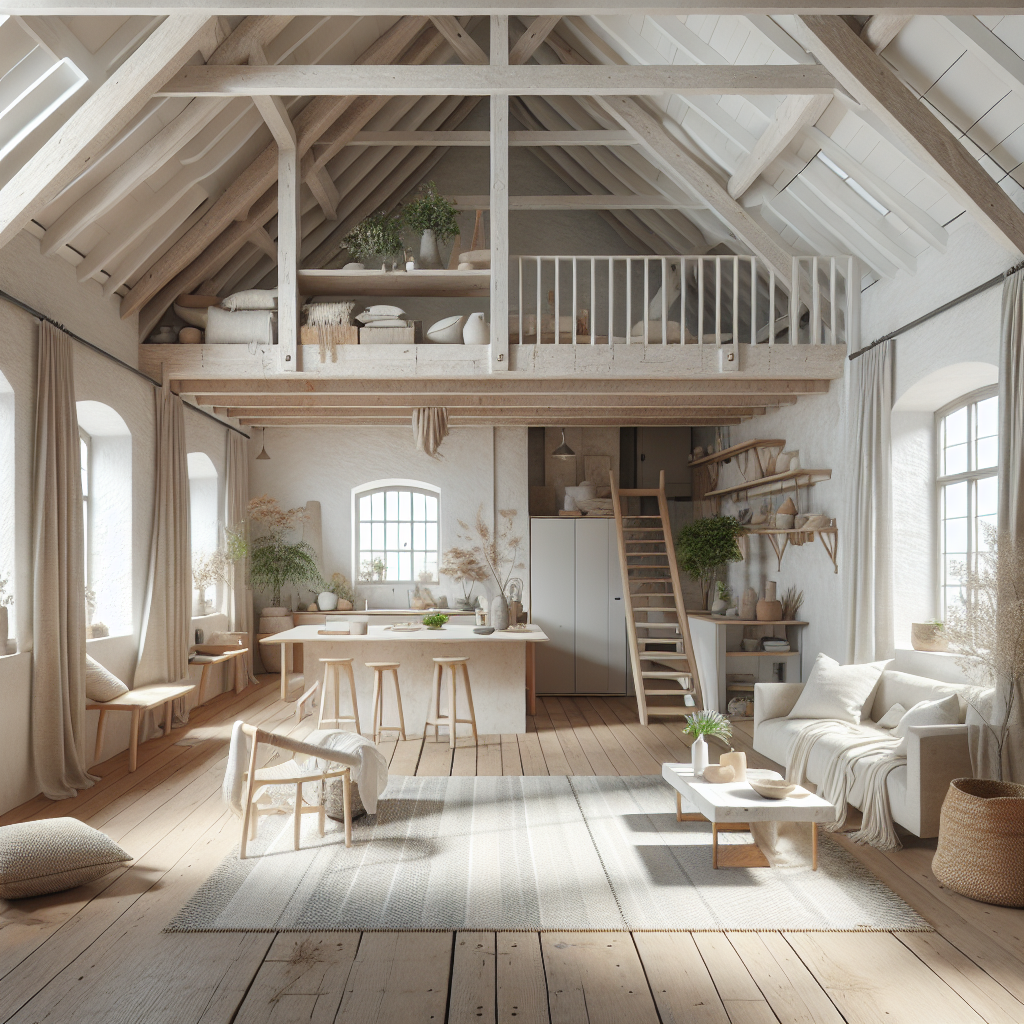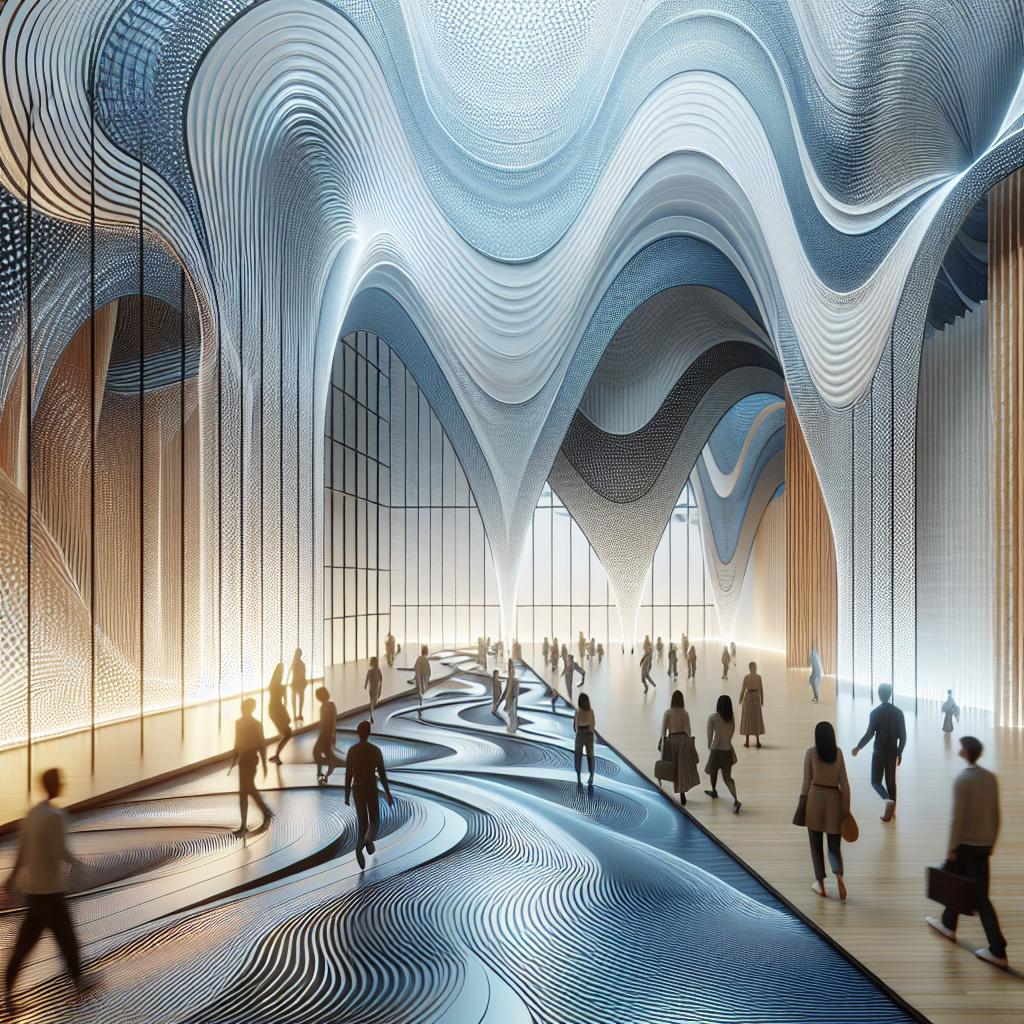Vintage Bauhaus redux: modern twists on iconic 1920s silhouettes
Vintage Bauhaus Redux: Modern Twists on Iconic 1920s Silhouettes
In the century since the Bauhaus movement redefined the relationship between art, craft, and industry, its clean geometries and radical functionality continue to shape contemporary design. Yet in 2025, a new wave of architects and designers is not merely preserving Bauhaus ideals—they are reinterpreting them through the lens of sustainability, digital fabrication, and emotional minimalism. This revival, often dubbed “Vintage Bauhaus Redux”, bridges the rational clarity of the 1920s with the sensorial and technological complexity of today’s world.
The Bauhaus Blueprint: A Century of Influence
The original Bauhaus school, founded by Walter Gropius in Weimar in 1919, sought to dissolve the boundaries between fine art and practical design. Its philosophy of form following function produced some of the most enduring silhouettes in modern design—from Marcel Breuer’s tubular steel chairs to Marianne Brandt’s sculptural teapots. These objects, stripped of ornament yet rich in proportion and balance, became the visual DNA of modernism.
Today’s designers are revisiting this DNA not as a static formula but as a living system—a framework adaptable to new materials, social needs, and digital tools. As explored in Mainifesto’s deep dive into the Bauhaus movement, the school’s legacy lies not in nostalgia but in its perpetual capacity for reinvention.
Geometry Reimagined: From Steel Tubes to Smart Materials
One of the most striking evolutions in the Bauhaus redux is the transformation of its material language. Where the original movement celebrated industrial materials like steel, glass, and concrete, contemporary reinterpretations are embracing smart composites, recycled metals, and bio-based polymers. The shift is not merely aesthetic—it’s ethical.
At Milan Design Week 2025, the Berlin-based studio Formist unveiled a collection of furniture that fuses Breuer’s skeletal frames with 3D-printed bioplastic joints. The pieces retain the iconic cantilevered poise of the 1920s but are produced with zero waste, echoing the principles discussed in zero-waste architectural innovation. Similarly, Japanese designer Naoko Ishii’s “Soft Bauhaus” series replaces cold metal with laminated bamboo and woven hemp, infusing warmth into the once-mechanical aesthetic.
This re-materialization aligns with a broader industry trend toward biodegradable architecture and circular design systems. The result is a reinterpretation of Bauhaus geometry that feels tactile, humane, and deeply attuned to the ecological consciousness of our era.
Digital Bauhaus: Algorithmic Precision Meets Human Intuition
If the original Bauhaus celebrated the machine as a creative partner, today’s designers are extending that partnership into the digital realm. Parametric design and AI-assisted modeling have become the new drafting tools of modernist purity. Architects like Studio Ossidiana and Gramazio Kohler are using algorithms to reinterpret Bauhaus forms with fluid precision—producing façades that ripple like fabric or morph in response to light.
This evolution recalls the ideas explored in AI in architecture, where artificial intelligence augments human creativity rather than replacing it. The digital Bauhaus ethos merges logic with emotion: generative systems produce infinite variations of the same archetype, while designers curate the outcomes that resonate most deeply with human perception.
In a recent exhibition at the Bauhaus-Archiv in Berlin, titled “Machine Dreams”, designers showcased algorithmically generated reinterpretations of the Wassily Chair. Each version maintained the original’s functional logic but introduced subtle deviations—organic curves, perforated surfaces, or dynamic balance points—demonstrating how computational tools can breathe new life into canonical forms.
Color, Light, and the Return of Emotional Minimalism
While early Bauhaus interiors often embraced a restrained palette of whites, blacks, and primaries, the contemporary redux is exploring a more emotional chromatic spectrum. Designers are rediscovering the expressive potential of color as a psychological and spatial tool. Inspired by Josef Albers’ studies on color interaction, modern studios are using gradient lighting, reflective finishes, and translucent materials to create spaces that shift in mood throughout the day.
This approach resonates with the chromatic sensibilities discussed in color theory in architectural design, where hue becomes a medium for emotional storytelling. In residential projects from Copenhagen to Seoul, walls painted in muted ochres and deep ultramarines are paired with minimalist furnishings, creating a dialogue between restraint and warmth. The result is a form of “emotional minimalism”—a design language that honors Bauhaus clarity while acknowledging the human need for sensory richness.
Spatial Purity Meets Sustainability
The Bauhaus redux is also reshaping how we think about spatial efficiency and environmental responsibility. The open-plan layouts pioneered by Gropius and Mies van der Rohe are being reinterpreted through the lens of energy performance and biophilic integration. Architects are using passive design strategies—cross-ventilation, daylight optimization, and modular adaptability—to achieve both aesthetic and ecological balance.
Projects like the “Haus 2025” prototype in Munich exemplify this synthesis. The building’s façade, composed of modular timber panels and photovoltaic glass, channels Bauhaus rationalism into a net-zero framework. Its interiors—defined by floating staircases, frameless glass partitions, and integrated greenery—recall the biophilic design principles that are transforming modern architecture. Here, the Bauhaus ideal of unity between art and life extends to the unity between design and nature.
Case Study: The Bauhaus Hotel, Dessau—A Contemporary Reawakening
In Dessau, the birthplace of the movement’s most iconic campus, a new hospitality project is rewriting the Bauhaus narrative for the 21st century. The recently opened Bauhaus Hotel, designed by the Swiss firm Herzog & de Meuron, reinterprets the school’s architectural grammar with contemporary finesse. Its façade—a rhythmic composition of glass, steel, and terracotta fins—pays homage to Gropius’s original building while integrating adaptive shading systems that respond to solar intensity.
Inside, the interiors are a study in disciplined sensuality: modular furniture in primary hues, terrazzo floors flecked with recycled glass, and light wells that bathe corridors in soft daylight. Each element echoes the Bauhaus belief that design should serve both the eye and the intellect. The hotel’s design team describes their approach as “heritage through performance”—a phrase that encapsulates the Bauhaus redux ethos.
The Human Dimension: From Rationalism to Empathy
What distinguishes the current revival from past modernist resurgences is its focus on human experience. The early Bauhaus was revolutionary in its social mission—to democratize design and improve daily life. Today’s reinterpretations expand that mission to include emotional well-being, inclusivity, and sustainability. Designers are crafting spaces that are not only efficient but also restorative, tactile, and sensorially engaging.
This shift mirrors the broader movement toward net-zero design and socially responsible architecture. In this context, Bauhaus redux becomes more than a stylistic revival—it becomes a philosophical recalibration of modernism for an age of climate awareness and digital saturation.
From Legacy to Living Language
The enduring allure of Bauhaus lies in its paradox: it is both timeless and perpetually unfinished. Its principles—clarity, balance, and purpose—remain fertile ground for reinterpretation. In the hands of today’s designers, these principles are being translated into new dialects: algorithmic geometry, sustainable materiality, and emotional restraint.
As the world confronts ecological urgency and technological acceleration, the Bauhaus redux offers a model of measured progress—a reminder that innovation need not abandon heritage. The silhouettes of the 1920s, once symbols of industrial optimism, now stand as beacons of sustainable modernity. In their renewed forms, they whisper a quiet truth: that








